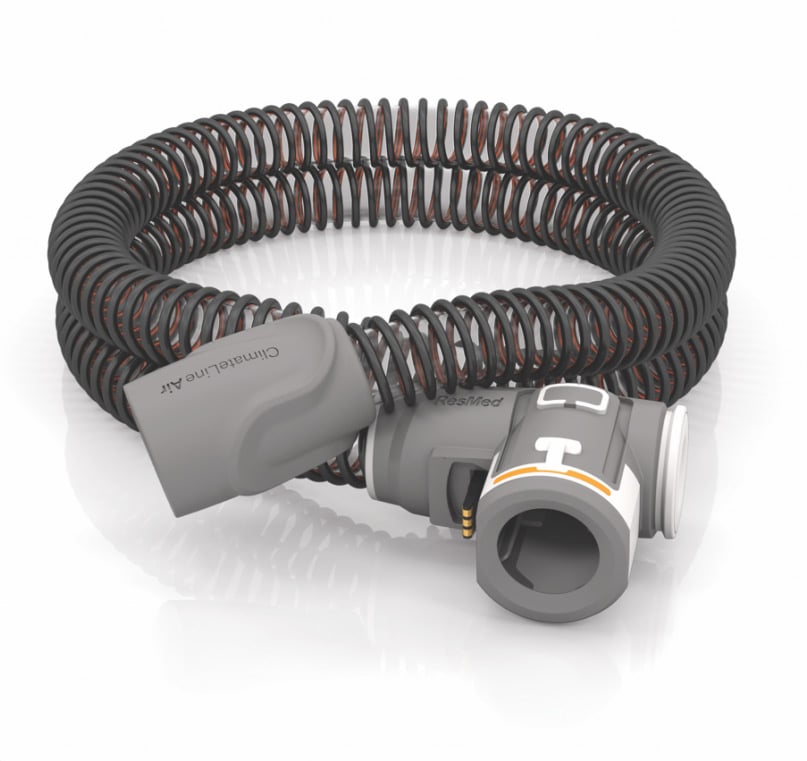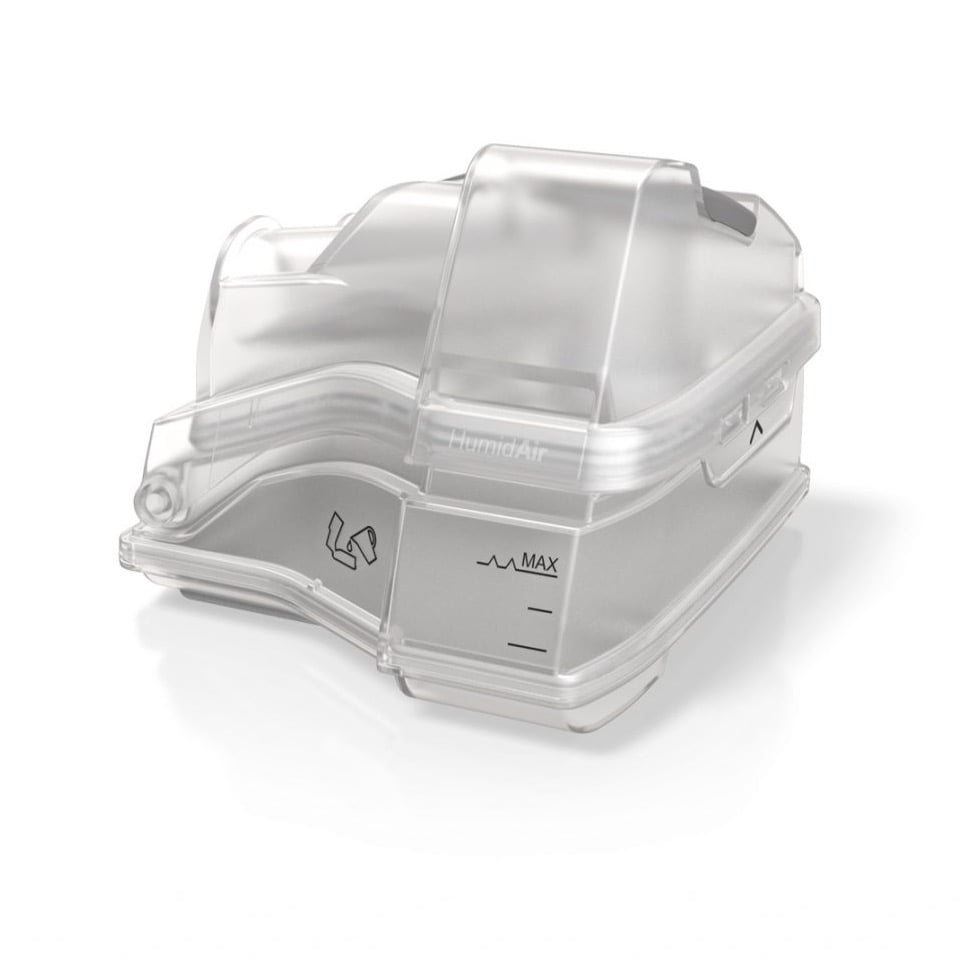CPAP humidification solutions
ClimateLineAir heated tubing
- Personalize your CPAP humidification and temperature settings for an airflow that’s comfortably warm and moist.
- Compatible with ResMed AirSense™ 10 or AirCurve™ 10 devices
- Lightweight and portable
- Our ClimateLineAir™ Oxy version also features a built‐in oxygen connector for people who need supplemental oxygen.



.jpg)